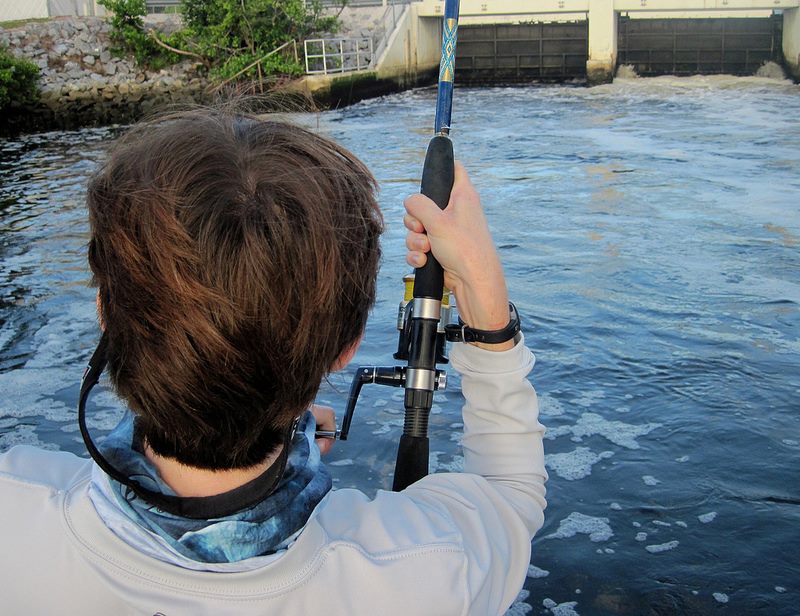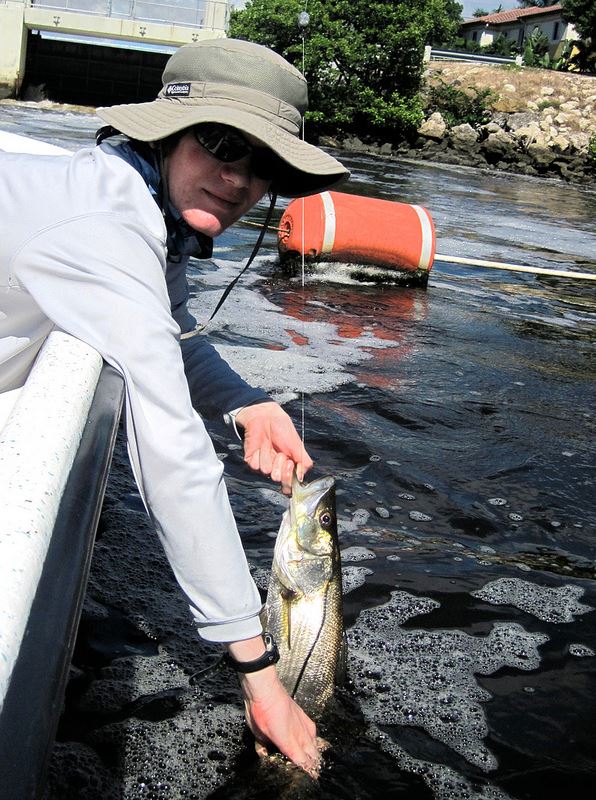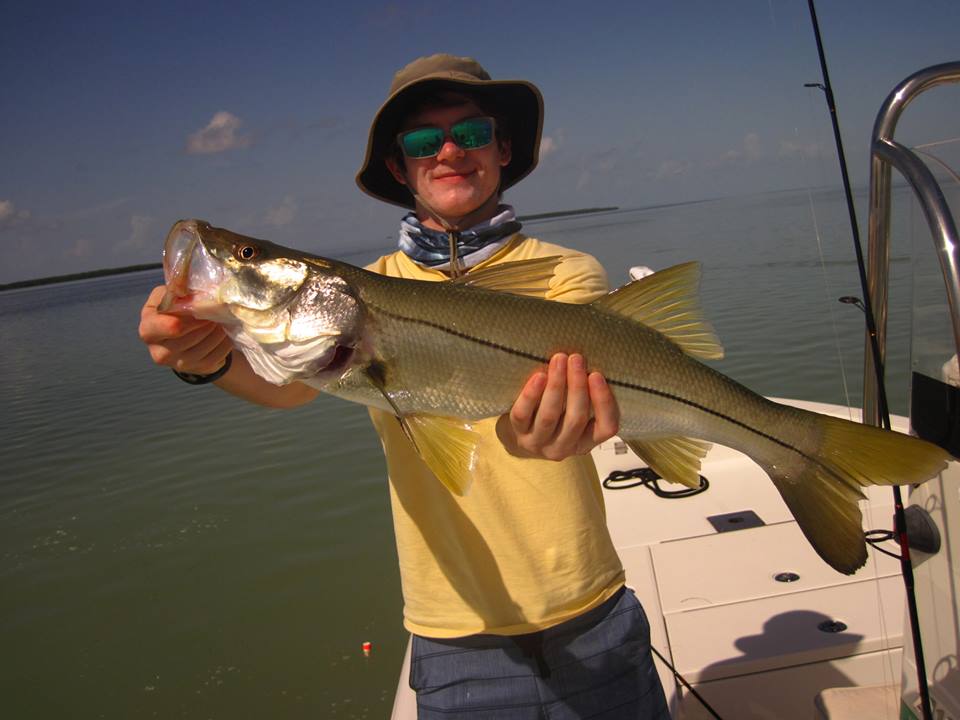South Florida Spillways
The rain can be a fisherman’s best friend or worst enemy. In most cases anglers check the forecast in hopes that the chances of rain dissipate before they go out fishing.
As the rainy season in Florida approaches I find it appropriate to discuss one of the rare instances in which rain will be your best friend — when targeting the spillways.
Dozens of spillways, lock or dam-like structures, occupy South Florida’s water management canals that run west to east, perpendicular to the coast. Where these structures divide the freshwater canals from Florida’s saltwater, an interesting phenomenon occurs.
The spillways are designed to open their gates when inland water rises to a certain level, usually as a result of heavy rain. When the gates open freshwater is released into waterways that eventually lead to the ocean.
The gates serve as a dinner bell for an assortment of gamefish, which gather below the spillway to eat the freshwater organisms that are swept through by the current.

Snook are especially prevalent at these spillways and can be caught there year-round. Tarpon, gar and jack also frequent the spillways.
A series of popular snook spillways run periodically through Palm Beach County and further south. Here is a short list of several that I have firsthand knowledge of:
- Lake Worth Spillway
- Located between the cities of Lake Worth and West Palm Beach
- Accessible by foot
- C-16 Canal
- Located in Boynton Beach just south of the inlet
- Only accessible by boat
- C-15 Canal
- Located between the cities of Delray Beach and Boca Raton
- Accessible by foot or boat (be cautious on foot due to rocky bank)
The Hillsboro Canal in Deerfield Beach and C-14 canal in Pompano Beach are further south, but I have heard rumors that they are popular snook spots as well.
After several days of rainfall the spillways can release water at rapid rates. Heavy weights are necessary when angling close to the spillway opening. When the spillway gates are closed or only partially open live bait can be freelined with the current.
Light to medium tackle with at least 15 to 20-pound. test is the minimum outfit I recommend. Large snook have an abundance of structure along the canal to cut off line so a tight drag is crucial.
Snook usually sit below the current or next to pilings and ambush prey drifting past. Live bait is generally most productive. Pilchards, mullet, shrimp and crabs work well. One way spillway fishermen acquire bait is by cast netting freshwater fish like shad and panfish on the freshwater side of the canal.
Artificial lures that perform well include soft-plastics and jerk baits. Hard-plastic lures that sink can be effective as well.
Snook are often present even when the spillway gates are closed. Accessing the canals can be difficult, especially after long periods of rain when many anglers are present. Just be prudent to obey no trespassing signs when fishing by foot. Maintain a respectable distance by boat.
Spillways are a common site for fishermen to violate snook regulations. Fish and Wildlife Conservation Commission officials are aware of this so be sure to abide by the catch guidelines and report anyone poaching fish.
Next time the rain ruins your fishing trip wait until the sun comes out and hit the spillways. The snook will be feasting.
Ho
